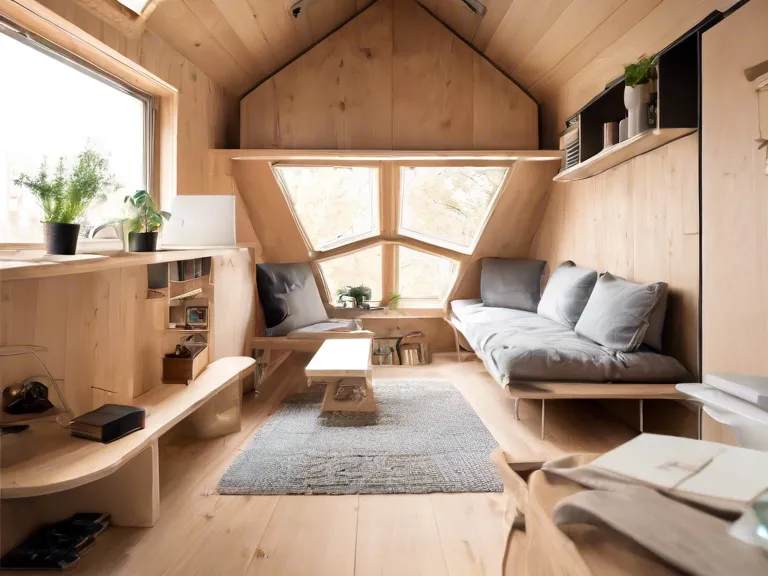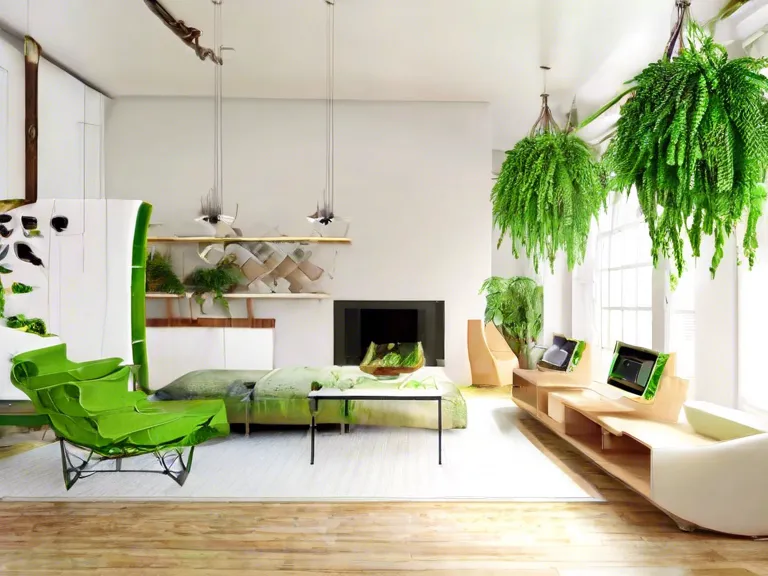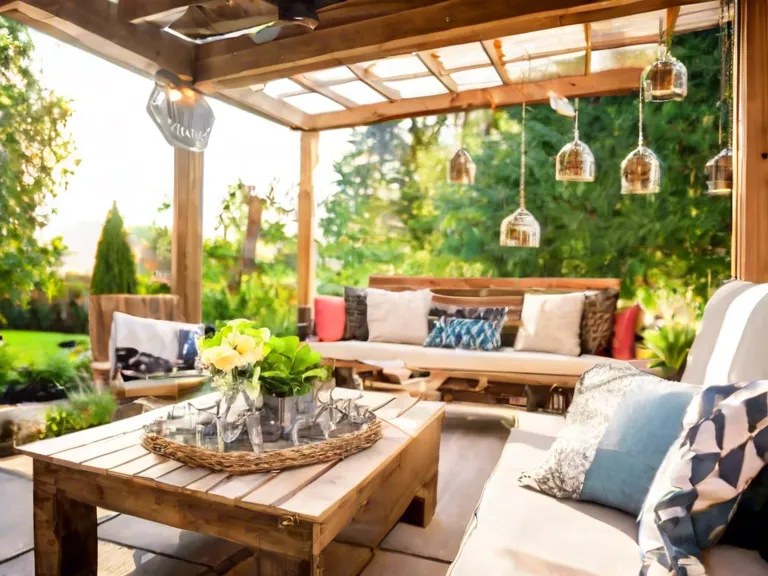
In recent years, there has been a noticeable shift towards tiny living as a trendy housing solution for the modern age. With rising housing costs and a growing awareness of sustainability, more and more people are opting for smaller, more efficient living spaces. Tiny homes, micro-apartments, and converted vans are just a few examples of the creative adaptations of tiny living that have gained popularity.
One of the main appeals of tiny living is the affordability it offers. With less square footage, tiny homes are often much cheaper to build or buy compared to traditional houses. This lower cost allows individuals to own their home outright or at least significantly reduce their mortgage payments. In addition, tiny living promotes minimalism and simplification, leading to a more intentional and mindful way of living.
Tiny homes also have a smaller environmental footprint compared to larger homes. They require less energy to heat and cool, generate less waste, and often utilize sustainable building materials. This aligns with the growing interest in eco-conscious living and reducing one's carbon footprint. Additionally, tiny living encourages a simpler lifestyle with fewer material possessions, which can lead to reduced consumption and waste.
The rise of tiny living has also brought attention to creative and innovative design solutions for small spaces. Architects and designers are finding ingenious ways to maximize space and functionality in tiny homes and apartments. From multifunctional furniture to compact storage solutions, these designs are revolutionizing the way we think about living in small spaces.
Overall, tiny living offers a viable and attractive housing solution for those looking to downsize, live more sustainably, or save money on housing costs. As the trend continues to grow, it is likely that we will see more innovative and stylish tiny living options become available to meet the demand of modern-day urban dwellers.



